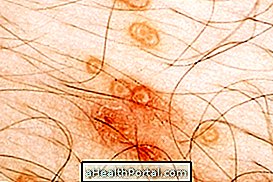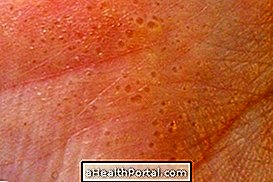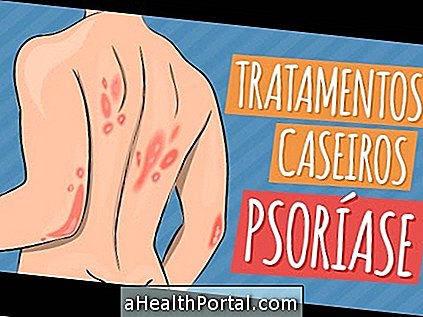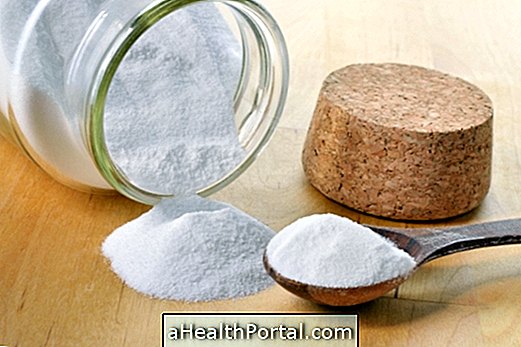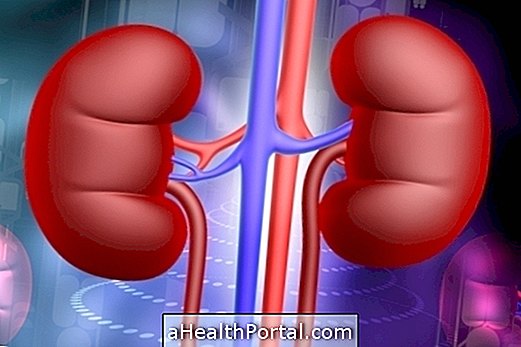Parapsoriasis is a skin disease characterized by the formation of small red spots or pinkish or reddish plaques on the skin that are scaly but usually not itchy, affecting mainly the trunk, thighs and arms.
Parasoriasis has no cure, but can be controlled with the treatment proposed by the dermatologist.
There are two types of this disease, parapsoriasis in small plaques, which is the most common version, and parapsoriasis in large plaques. When it comes to parapsoriasis of large plaques, there is a greater possibility that the disease may progress to mycosis fungoides, a type of skin cancer if it is not treated.


How to know if it is parapsoriasis
Parapsoriasis can manifest itself in two ways:
- Parapsoriasis in small plaques: lesions less than 5 centimeters in diameter, which have very precise limits and may be somewhat high;
- Parapsoriasis in large plaques: lesions larger than 5 cm and that may be brownish in color, flat and with discrete scaling.
These symptoms can occur in any part of the body, being more frequent in men over 50 years of age.
The doctor can confirm that it is parapsoriasis by observing the lesions on the skin, but he may also ask for a biopsy to make sure it is no other disease, as this may be confused with common psoriasis, leprosy, contact dermatitis or pythiasis, for example.
Treatment for parapsoriasis
The treatment of parapsoriasis lasts a lifetime and is indicated by the dermatologist, and can be done with the use of ointments or injections of corticosteroids and with the accomplishment of sessions of phototherapy with ultraviolet rays type A and B.
The cause of parapsoriasis is not known but is believed to be related to a change in blood cells that may be associated with a lymphoma, for example. It is therefore important to keep your medical appointments on a regular basis. In the first year consultations are recommended every 3 months and from the improvement of symptoms, the doctor can dial appointments for every 6 months.
